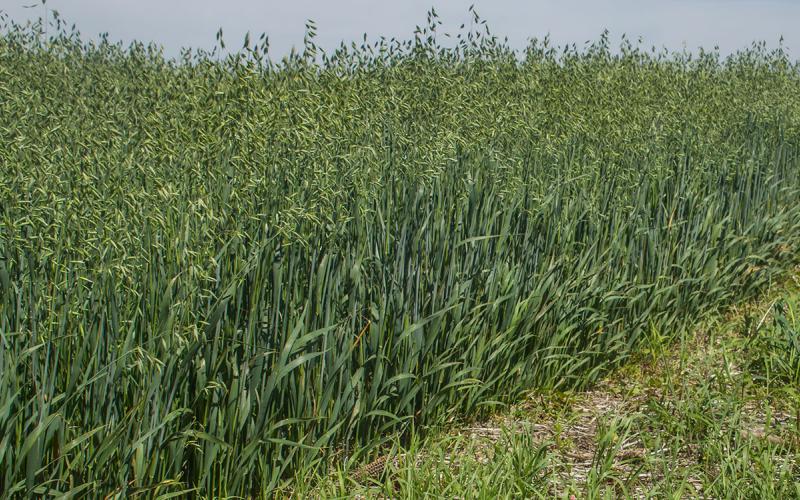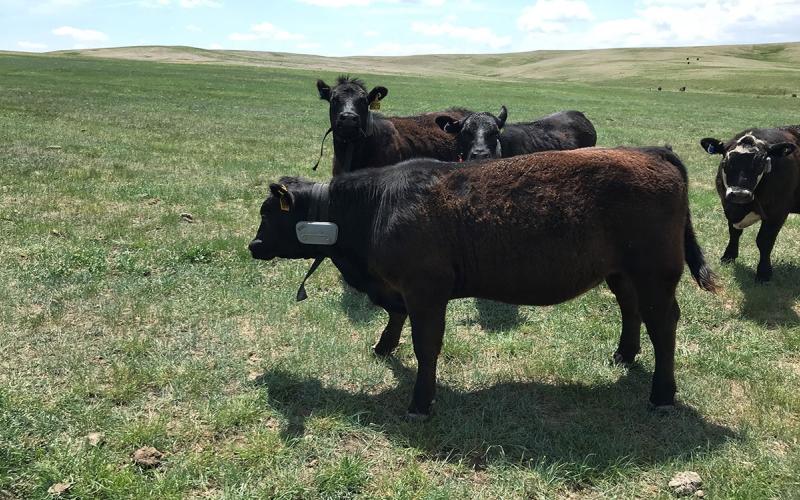Soil penetration resistance is the force required to move a specially-tipped metal rod through the soil. The soil penetration resistance value is comparable to the force required for a plant root to grow through the soil. Penetration resistance is also used to identify soil density.
A penetrometer is used to measure soil penetration resistance. The two types of penetrometers that are frequently used are static and dynamic penetrometers.
Measuring Soil Penetration Resistance
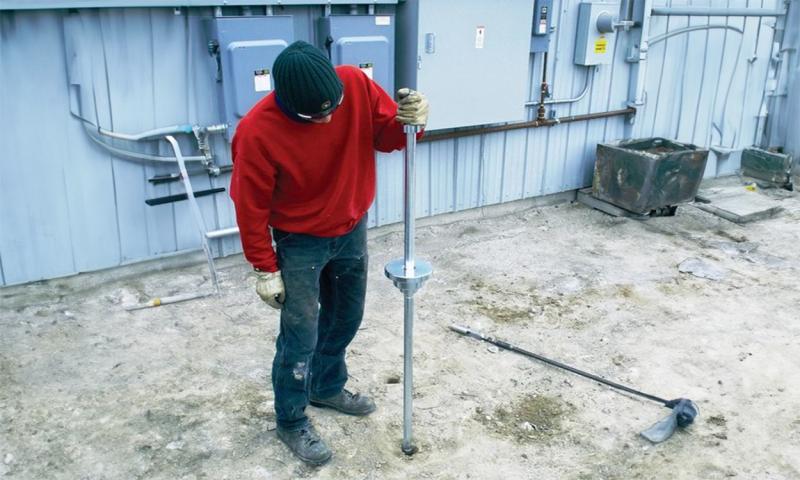
- Static Penetrometers
Static penetrometers consist of a rod fitted with a cone tip on one end and a gauge that measures force applied on the other end. Static penetrometers are manually pushed into the soil in a vertical position. Static penetrometers provide a cone index value that represents the force required for the attached cone tip to move through the soil. The units of penetration resistance are usually in pound per square inch (abbreviated as PSI) or Megapascals (abbreviated as MPa). Dynamic and static penetrometers are similar in that both have a cone on the bottom of a rod. - Dynamic Penetrometers
The difference with the dynamic penetrometer is that a sliding weight with known mass is used to force it into the soil (Figure 1). The weight is lifted to a certain height then dropped. Dynamic penetrometers give a penetration depth value that an applied force has resulted. The depth the dynamic penetrometer moved from dropping a weight is then used to calculate the penetration resistance (Herrick and Jones 2002). Most studies that compare the effects of agricultural management practices on soil penetration resistance use static penetrometers (Vaz et al., 2022).
Penetrometer Operation
Static penetrometers are operated either manually or mechanically. An example of a manually operated static penetrometer is in Figure 2. Mechanically operated static penetrometers can maintain the same speed moving downward through the soil. An example of a mechanically operated static penetrometer is in Figure 3. When using manually operated static penetrometers maintaining a constant velocity when inserting the penetrometer into the soil is essential to obtain quality data. Unfortunately, manually operated static penetrometers can have user error; however, they can also be used to identify hard or compacted layers in a soil. Mechanically operated static penetrometers frequently give more-accurate data when compared with others, however the cost is much higher.
Manually Operated
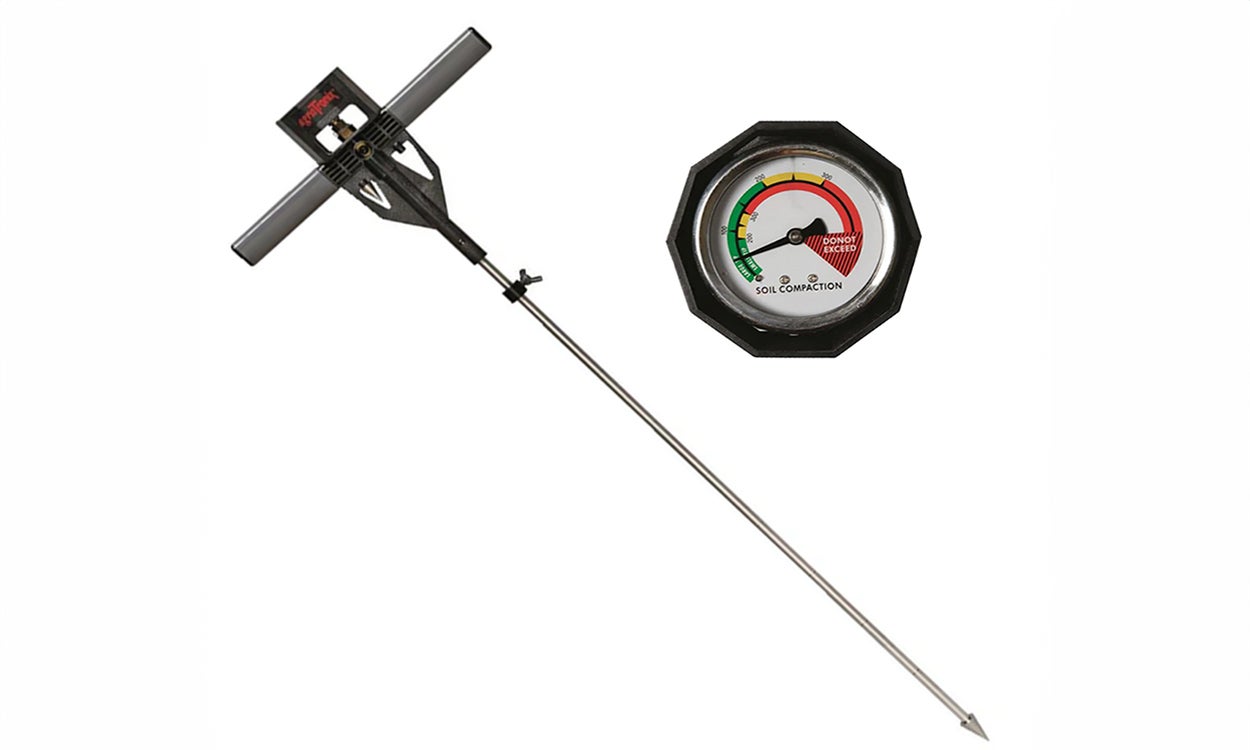
Hydraulic-Operated
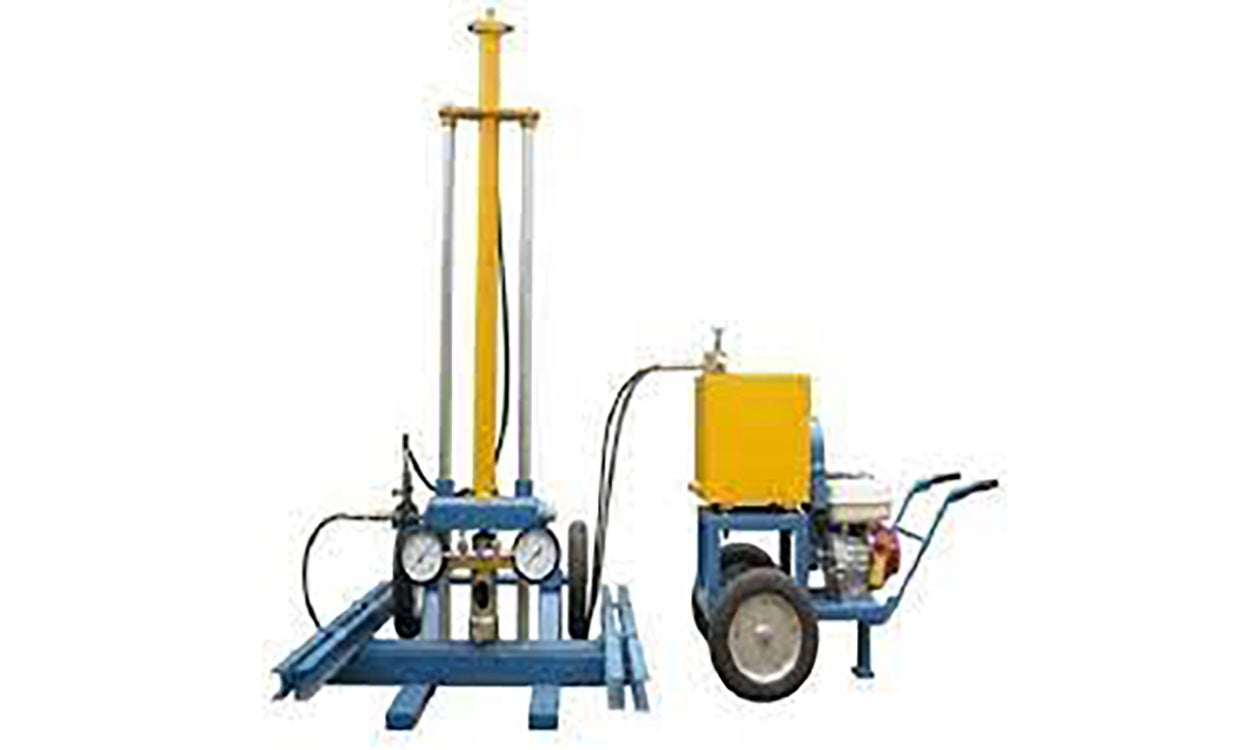
What Influences Soil Penetration Resistance?
Soil penetration resistance is influenced by soil bulk density, clay content, organic carbon, and water content. Denser soils generally have higher penetration resistance and can often be related to higher clay content. As the soil dries, penetration resistance increases. Science-based equations are available to correct penetration resistance values between soils that have differing water contents.
Management practices can influence soil penetration resistance. Driving agricultural equipment across the field can increase compaction, which increases soil penetration resistance (Shah et al., 2017). Also, the force from rain can compact the soil surface. Tillage creates a compacted soil layer that can show increased penetration resistance. At a penetration resistance of 290 PSI (2 MPa), most roots can no longer grow through the soil (Bengough et al., 2011). If penetration resistance is high in an area of a field, management practices can be used to break up the soil. Tillage may be able to break up compacted areas of the field, but it also can create a layer of the soil down deeper in the profile that is compacted. This said, tillage should be done only when the soil is dry. However, clods created by tillage will still have a high soil bulk density. It is not necessarily true that tillage alleviates the effects of soil compaction. What tillage can do is temporarily increase water infiltration, which can promote greater freeze/thaw and wet/drying cycles that can reduce bulk density. Planting cover crops can help to alleviate compaction. Growing roots in the soil help to create pores when the roots decompose that may reduce penetration resistance. Adding materials high in organic matter, such as manure, may improve soil aggregation and reduce soil bulk density. Management practices to increase soil carbon concentration near the soil surface can build resilience of the soil to compaction and increased penetration resistance through improved soil structure formation.
In Summary
Soil penetration resistance is an indicator of soil compaction and the force required for root growth through the soil. Soil penetration resistance is easily measured in the field with manually operated static penetrometers. However, automated static or dynamic penetrometers provide a more-accurate value of penetration resistance. Identifying compaction zones and field areas with root growth restriction makes penetration resistance measurements an important indicator of soil health.
References
- Bengough, A. G., McKenzie, B. M., Hallett, P. D., & Valentine, T. A. (2011). Root elongation, water stress, and mechanical impedance: a review of limiting stresses and beneficial root tip traits. Journal of Experimental Botany, 62(1), 59-68.
- Herrick, J. E., & Jones, T. L. (2002). A dynamic cone penetrometer for measuring soil penetration resistance. Soil Science Society of America Journal, 66(4), 1320-1324.
- Shah, A. N., Tanveer, M., Shahzad, B., Yang, G., Fahad, S., Ali, S., & Souliyanonh, B. (2017). Soil compaction effects on soil health and crop productivity: an overview. Environmental Science and Pollution Research, 24, 10056-10067.
- Vaz, C. M. P., de Resende, J. M., Franchini, J. C., Debiasi, H., & Nunes, M. R. (2022). Evaluation and recommendations for the use of dynamic penetrometers. Soil and Tillage Research, 220, 105373.
